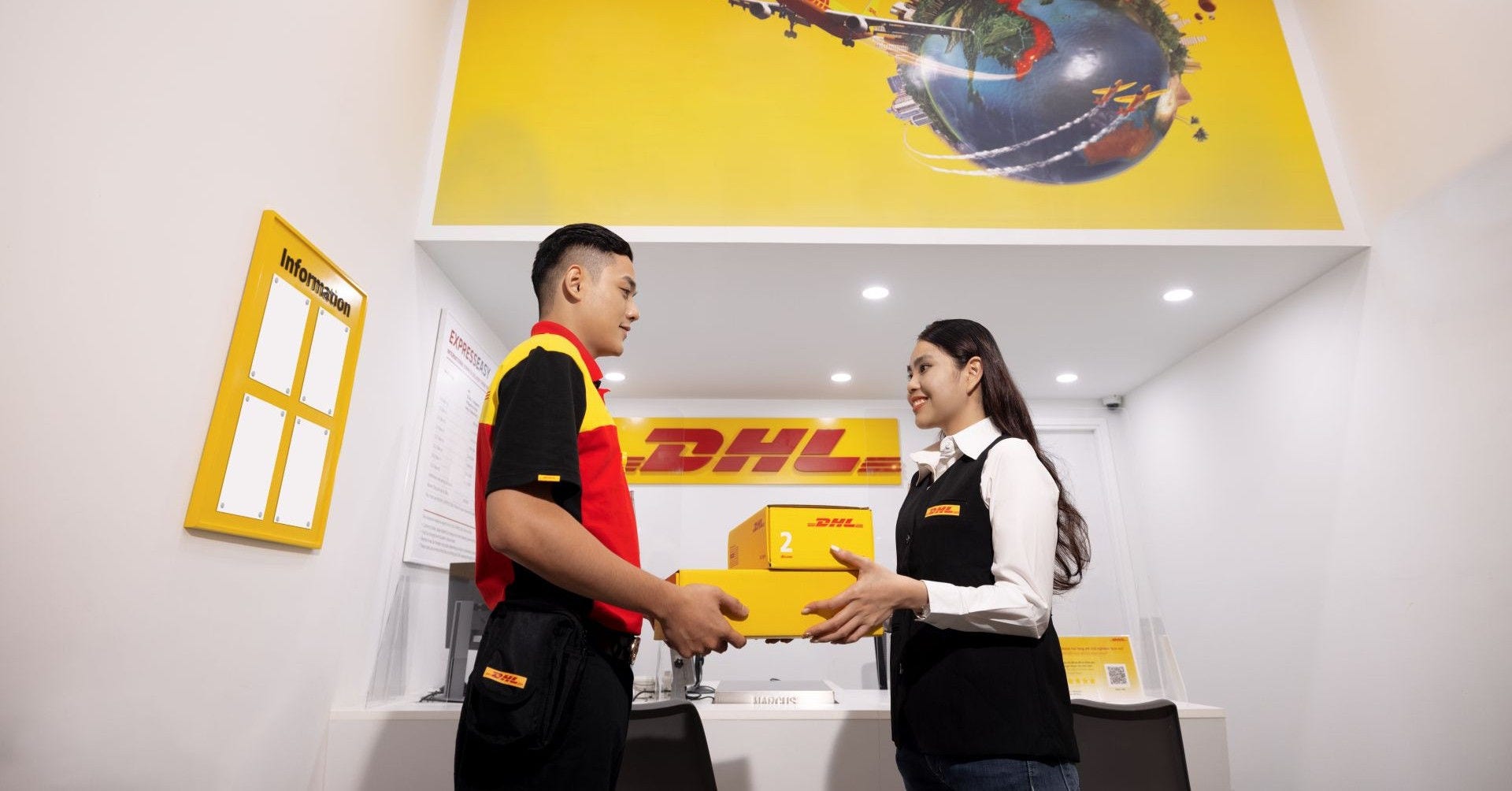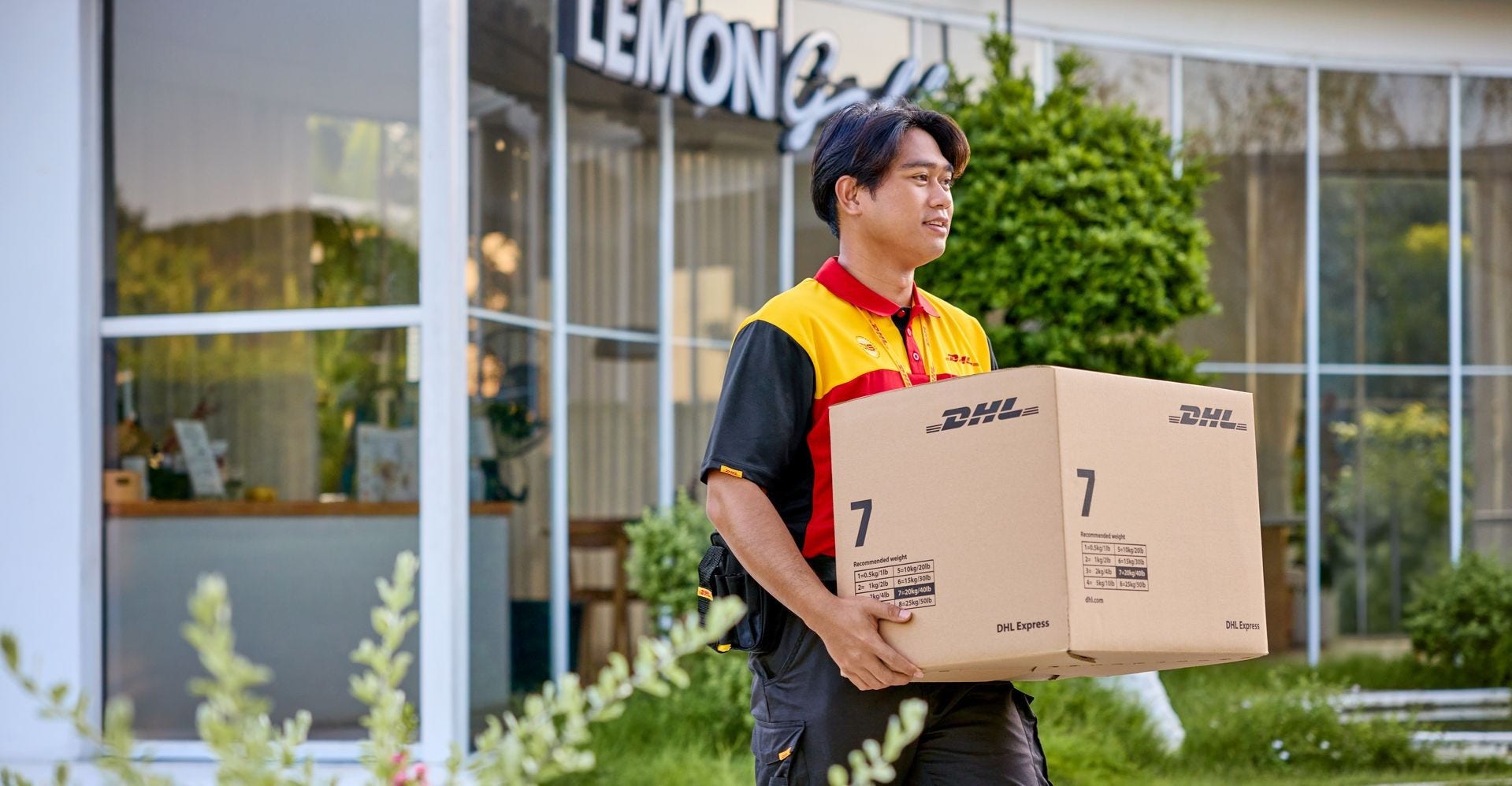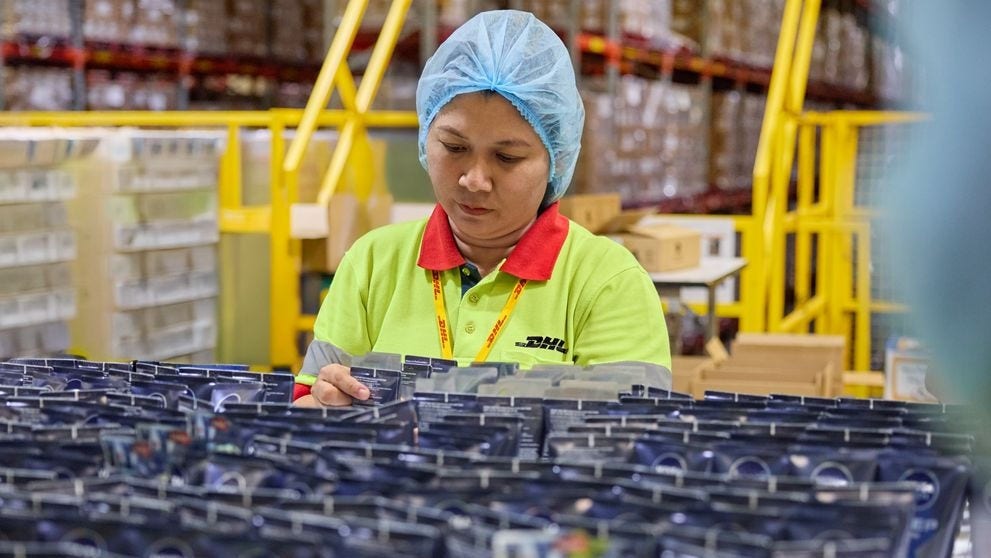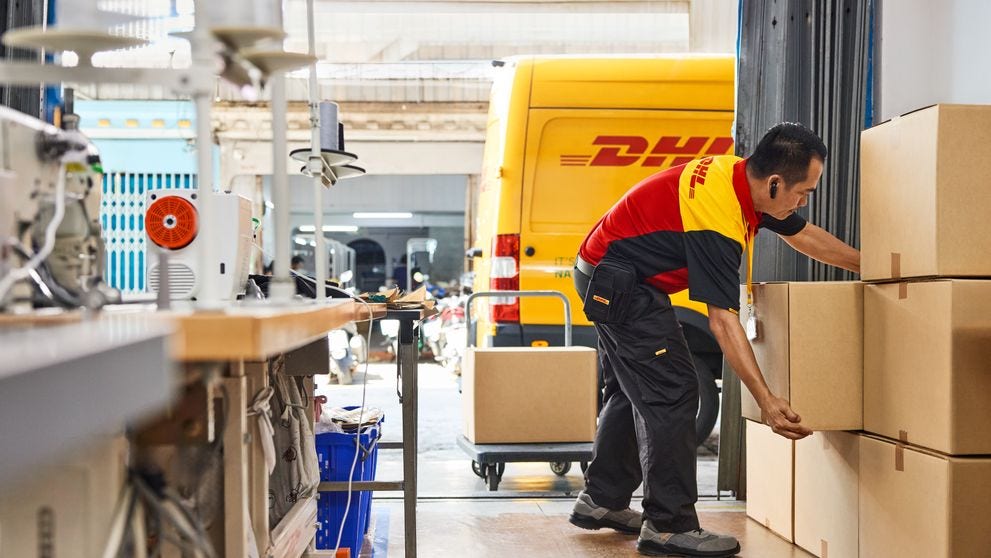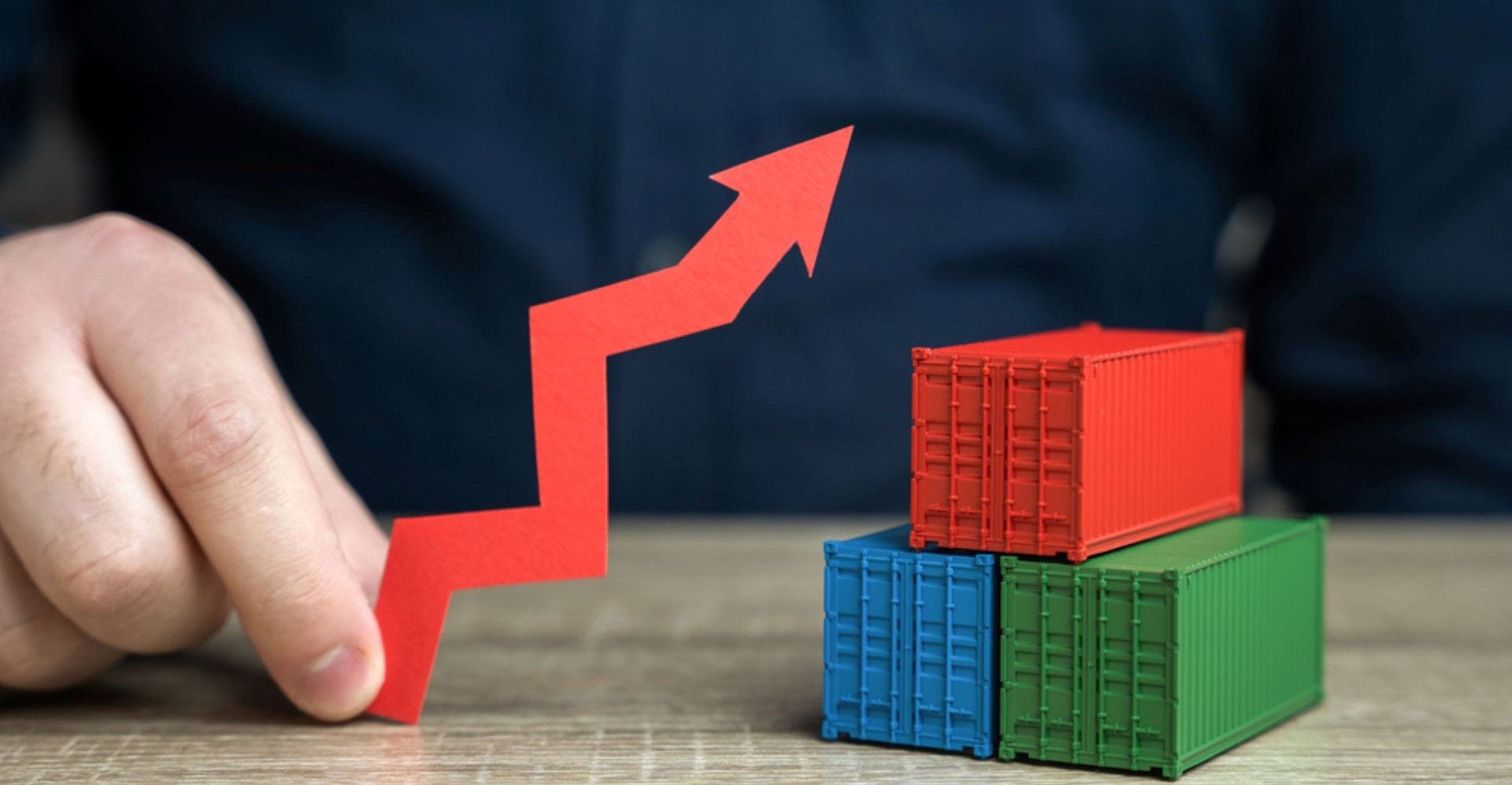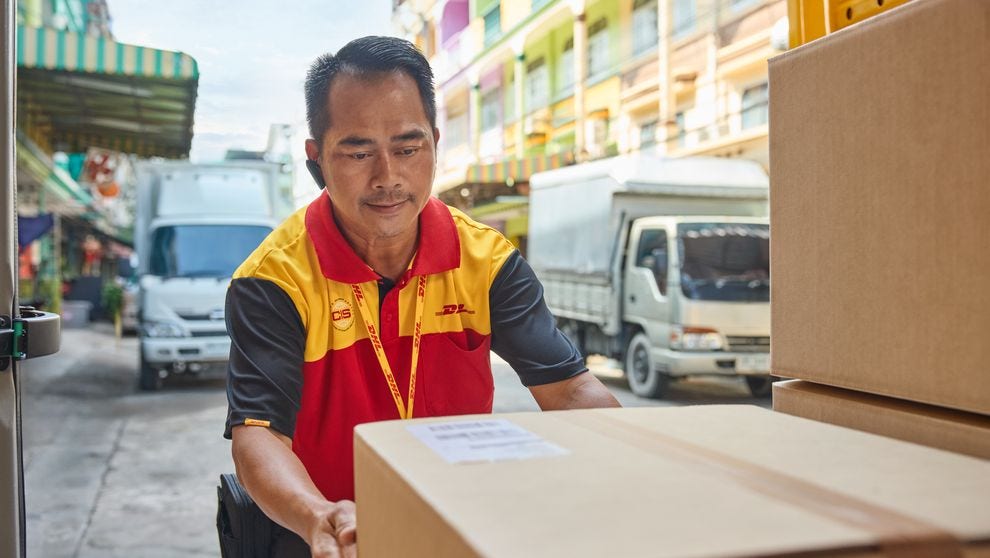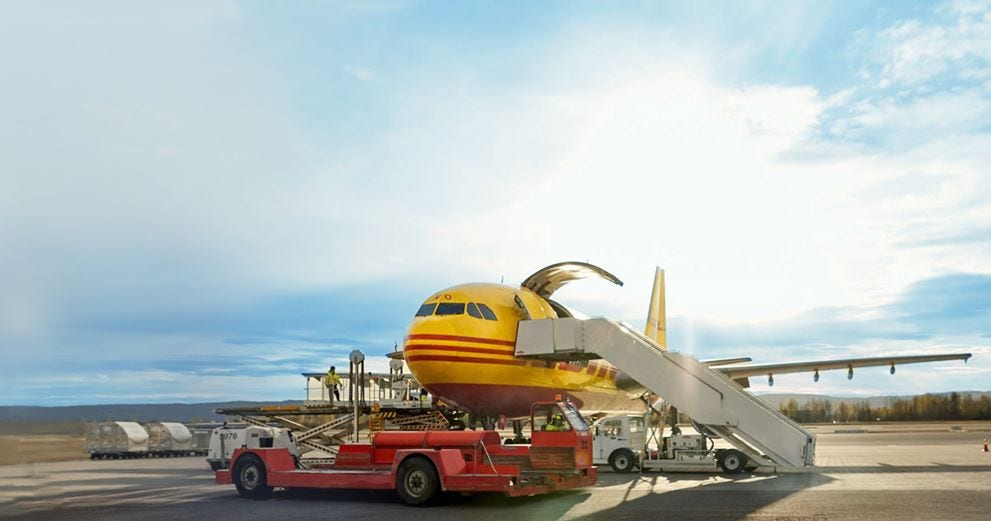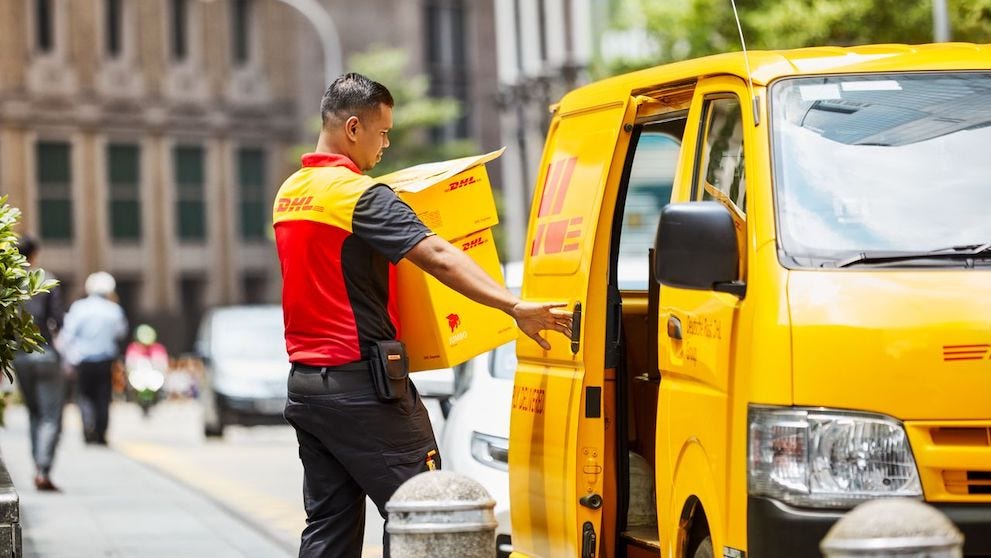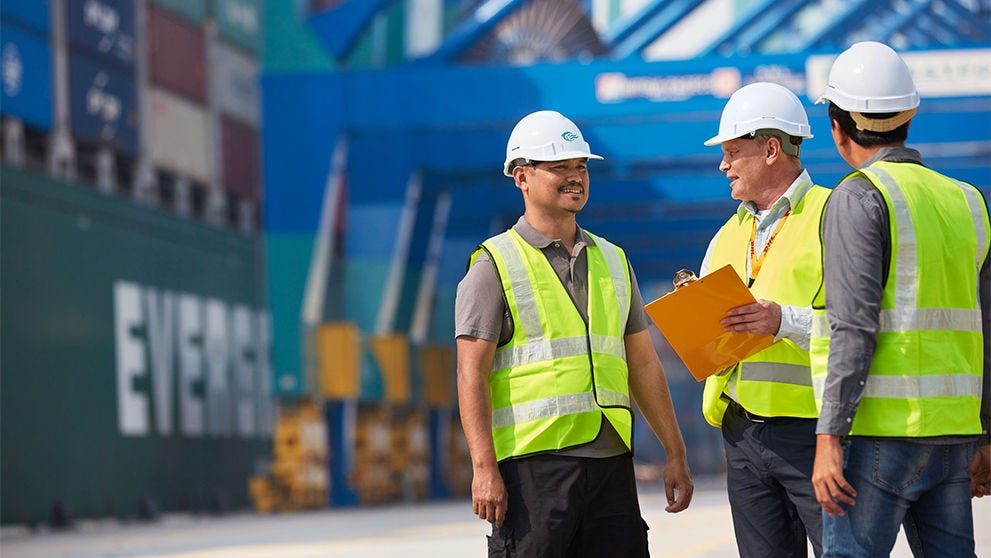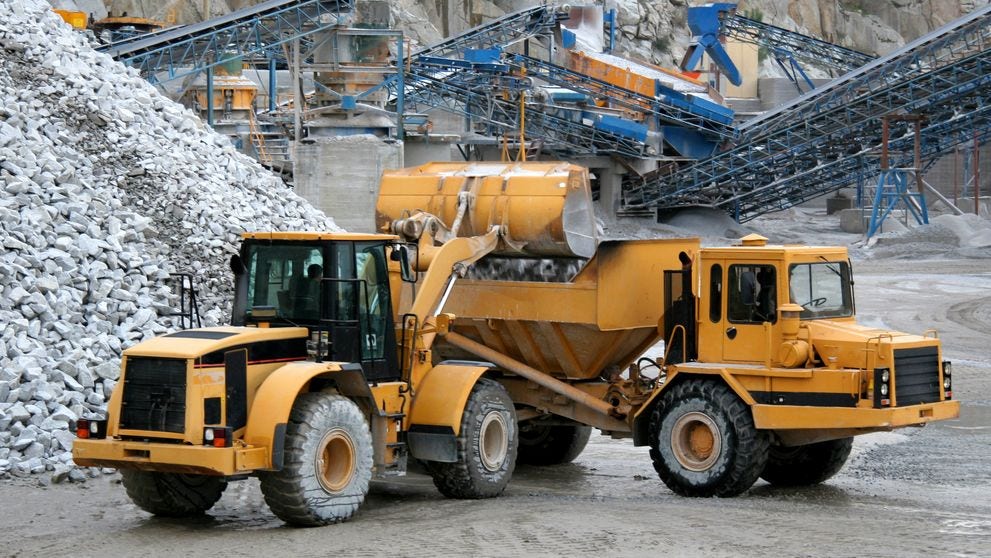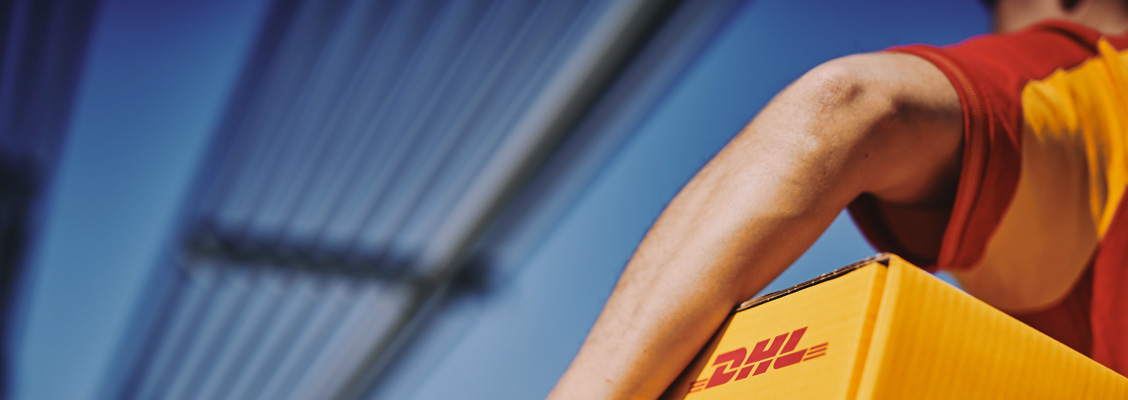
Understanding Vietnam’s import taxes and duties in 2025: What consumers and small businesses need to know
Vietnam’s role in global trade continues to expand, fuelled by a booming e-commerce sector and increasing cross-border transactions. According to Statista, Vietnam’s e-commerce market is projected to reach US$13.81 billion in 2025 and grow at nearly 8% annually, hitting US$20.29 billion by 2030.1 With more products flowing in and out of the country, Vietnam’s import tax and customs framework is evolving rapidly to align with international trade standards.
At the same time, global shifts in tariffs, new trade agreements, and digital customs reforms are reshaping how goods are declared, taxed, and delivered. Navigating these complexities can be challenging for importers and small businesses, but that’s where DHL Express Vietnam steps in. Backed by decades of global logistics experience, DHL Express helps businesses handle documentation accurately, estimate duties and VAT with confidence, and coordinate seamlessly with customs for faster, more predictable clearances.
What are import taxes and duties in Vietnam in 2025
Import taxes and duties are mandatory charges on goods entering Vietnam. These are calculated as a percentage of the declared value of the goods and typically apply to most imported items unless exempt under specific trade agreements.
Vietnam’s import duty rates depend on the product category and origin of the goods. In addition to this, Value-Added Tax (VAT), usually 5–10%, is applied to most imported items. Certain goods may also attract special taxes, such as anti-dumping duties, environmental protection levies, or a special consumption tax (SCT) for products like alcohol or luxury items.
Understanding these layers of taxes helps importers estimate the final landed cost more accurately before bringing goods into Vietnam.
Key recent changes in 2025 affecting importers
Vietnam’s 2025 customs reforms introduced several important updates:
- Low-value exemptions removed: Previously, small-value items (especially those bought online) were often exempt from import duties and VAT. This exemption has been removed. Now, all imported items, regardless of value, are subject to these taxes.
- Lower duties on select agricultural products: In an effort to support food imports and stabilise supply, Vietnam has reduced import tariffs on certain agricultural goods.
- Simplified customs procedures: Updates to customs declaration methods and eligibility for duty exemptions have made it easier to manage on-the-spot (OTS) import-export processes, especially for businesses using bonded warehouses.
These changes aim to create a more transparent and fair tax environment, but also require importers to be meticulous with documentation and declarations.
How import tax, duties, and VAT are calculated
The calculation of import taxes in Vietnam follows a structured process.
- Determine the customs value: This is based on the CIF (Cost, Insurance, and Freight) value, which is the total cost of the goods plus insurance and shipping to Vietnam.
- Apply import duty: Import duty is calculated as a percentage of the CIF value.
- Apply other taxes: Any additional applicable taxes, such as SCT or environmental protection tax, are added.
- Calculate VAT: Finally, VAT is charged on the total of the CIF value plus import duty and other taxes.
For example, if you import US$1,000 worth of electronics with a 10% import duty and 10% VAT, the VAT will apply to the combined amount (US$1,100), not just the product cost.
If your goods qualify for a preferential duty rate under a Free Trade Agreement (FTA), such as the ASEAN Trade in Goods Agreement (ATIGA), your import duty could be reduced or eliminated, provided you have the proper Certificate of Origin (CO).
Items that often attract extra charges and delays
Certain products face higher risks of extra charges or customs delays in Vietnam. These include:
- Goods under special duties: Items that could harm the environment, such as batteries or plastics, may be subject to additional taxes.
- Regulated products: Imports like food, supplements, and electronics often require specific health or quality certificates.
- Incomplete documentation: Missing or unclear invoices, certificates, or HS codes (Harmonised System codes) may trigger customs reviews and delays.
- E-commerce shipments: Even small parcels purchased online can now attract duties and VAT, especially if origin or value documentation is unclear.
Accurate and complete paperwork helps prevent customs hold-ups and avoids unexpected costs.
Impacts on small businesses and consumers

For small businesses and individual importers, Vietnam’s evolving import tax structure can pose both opportunities and challenges.
- Higher landed costs: The removal of low-value exemptions means even smaller shipments now incur taxes, increasing total import costs.
- Cash flow strain: Import VAT and duties must often be paid upfront, which can affect a small business’s liquidity.
- Delays and unpredictability: Customs inspections or documentation errors can cause unexpected delays, frustrating customers and eroding profit margins.
- Reduced competitiveness: Small retailers importing in smaller batches may find it harder to compete with larger importers who enjoy economies of scale.
However, by staying informed and working with experienced logistics partners, small businesses can still import efficiently and maintain competitive pricing.
Strategies for minimising cost and risk
To import successfully under Vietnam’s 2025 tax framework, small businesses and individuals should focus on preparation, compliance, and accuracy.
- Verify HS codes: Make sure you classify your goods correctly using the right HS code to avoid overpaying duties.
- Leverage FTAs: Check if your goods qualify for reduced tariffs under Vietnam’s trade agreements and secure a valid Certificate of Origin.
- Estimate total landed cost: Factor in goods, shipping, duties, VAT, and any special taxes before setting retail prices or purchasing inventory.
- Maintain complete documentation: Submit clear invoices, packing lists, and declarations to avoid delays or fines.
- Allow for customs time: Always plan for possible customs delays, especially when importing perishable or high-value items.
- Consolidate shipments: Where possible, combine multiple small shipments into one larger order to reduce handling and fixed costs.
By implementing these practices, businesses can streamline import processes and maintain financial predictability.
How DHL Express Vietnam helps: A step-by-step import playbook
Here’s a practical, do-this-next guide you can mirror in your workflow to keep costs predictable and deliveries smooth.
Step 1: Set up MyDHL+
Create your free account, store shipper/receiver details, and enable Paperless Trade. Use built-in HS code suggestions and the duties & taxes estimator to preview costs before you buy stock.
Step 2: Choose delivery choices with On-Demand Delivery
Offer recipients flexible options — reschedule to another day, deliver to an alternate address, leave with a neighbor or concierge, hold at a DHL ServicePoint, or deliver to a safe location where available. Fewer missed attempts equals happier customers and lower re-delivery costs.
Step 3: Book a pick-up or use drop-off
Schedule a courier pick-up from your warehouse or home office, or drop off at a nearby DHL ServicePoint, whichever fits your day. This flexibility helps small teams keep operations moving without downtime.
Step 4: Upload complete documents
Attach invoices, packing lists, certificates, and (where applicable) the Certificate of Origin directly in MyDHL+. Digital submission supports faster pre-clearance and reduces the risk of ‘document missing’ delays.
Step 5: Get customs guidance and cost clarity
Lean on DHL Express Vietnam’s customs specialists for HS code validation, rule-of-origin checks, and eligibility for preferential rates. Confirm whether special taxes could apply before goods ship.
Step 6: Track, get alerts, and manage exceptions
Turn on proactive notifications for you and your customer. If customs needs extra information, respond inside MyDHL+ to keep the clock moving.
Step 7: Optimize cost and customer experience
Consolidate shipments where sensible, consider DTP to present all-in pricing, and, when relevant, select carbon-neutral shipping service to align with sustainability goals without changing your workflows.
Bridge to action: Put this playbook into MyDHL+ once, and your next import run becomes a repeatable, lower-risk routine.
Open a business account with DHL Express today.


